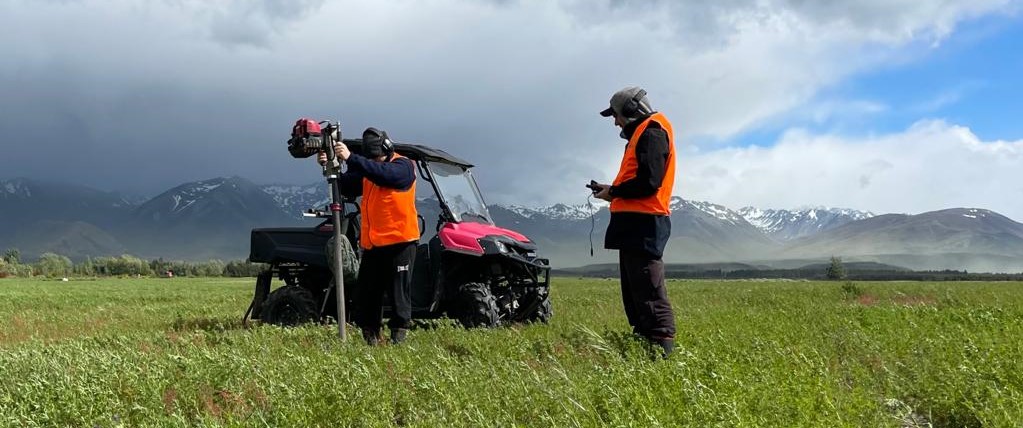Our Services
At Verdi, we’re all about helping you understand your soil, improve its health, and get rewarded for it too. Here’s a quick look at how we work:
-
Get Started: Once you’ve reached out to us, we’ll send you more information and a New Client Form to fill out. This helps us get to know your farm and what you need. Click here to enquire now.
-
Sampling Plan: The first step is to map your farm and create a detailed sampling plan for you. This costs $400. This gives us a clear understanding of your farm and will provide you with an accurate quote for testing.
-
Baseline Testing: After mapping your farm and developing a sampling plan, we’ll give you a quote for baseline testing. This testing measures the carbon in your soil and gives us a starting point to track your progress.
-
Ongoing Measurement, Reporting & Verification: After the baseline test, we offer ongoing measurement and verification services. This helps you keep track of how you’re doing and earn carbon certificates.
We also offer other services to help you get the most from your soil. These include nutrient testing, biodiversity observations, and a cloud-based interactive map of your farm. Scroll down to learn more.
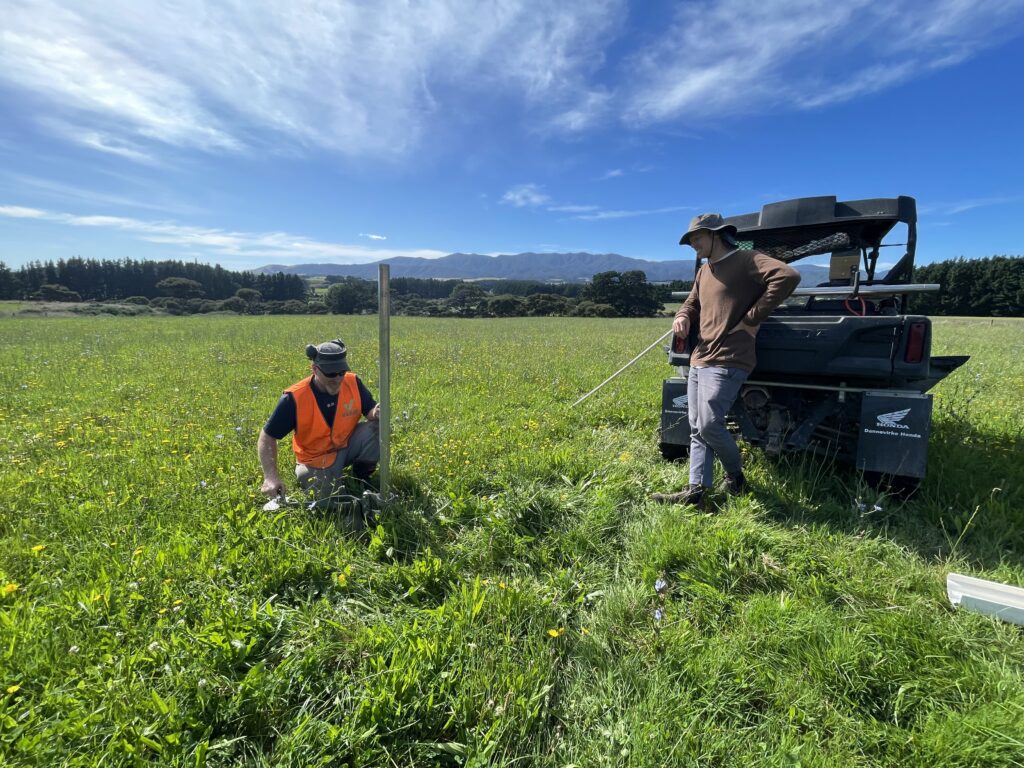
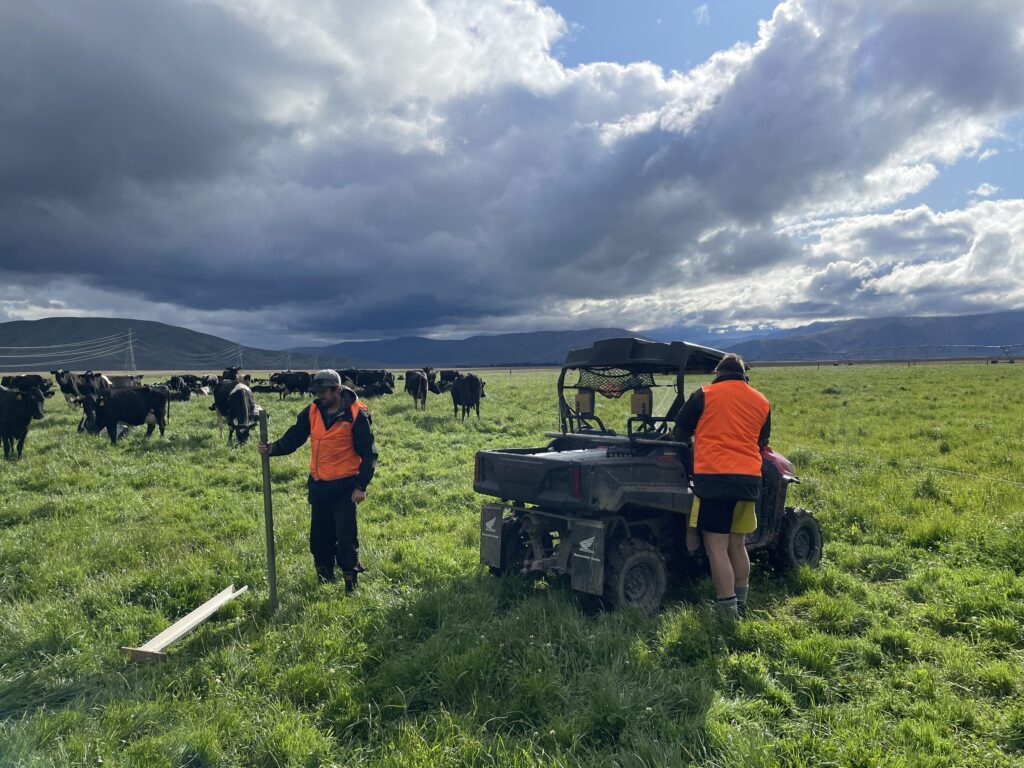
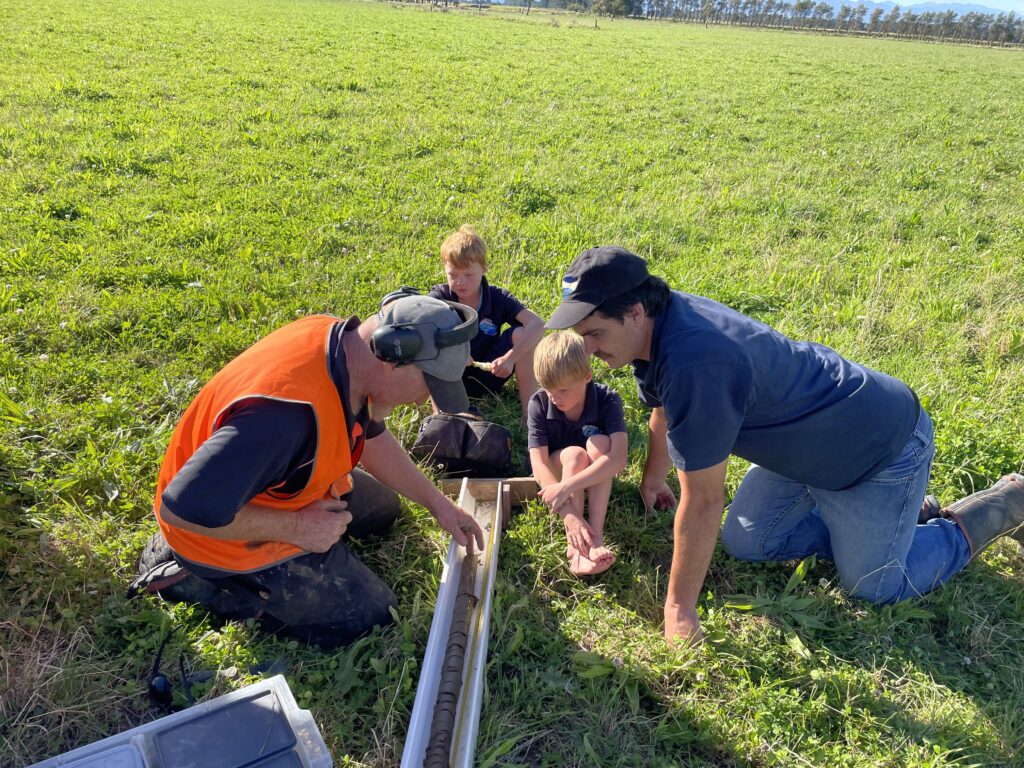
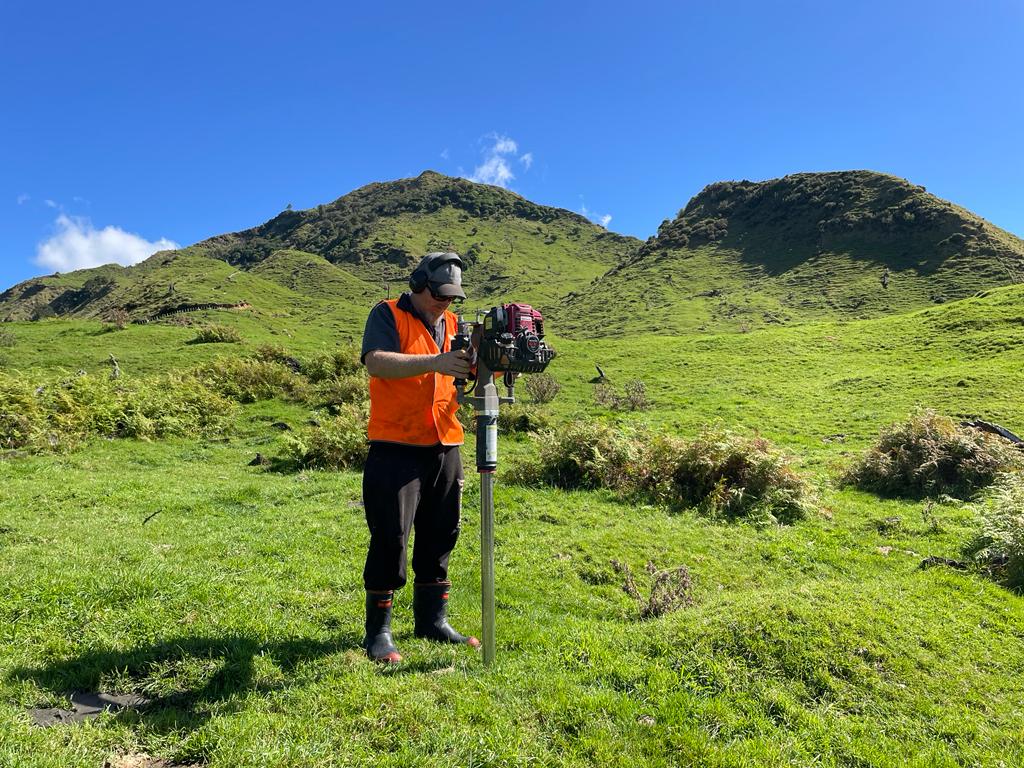
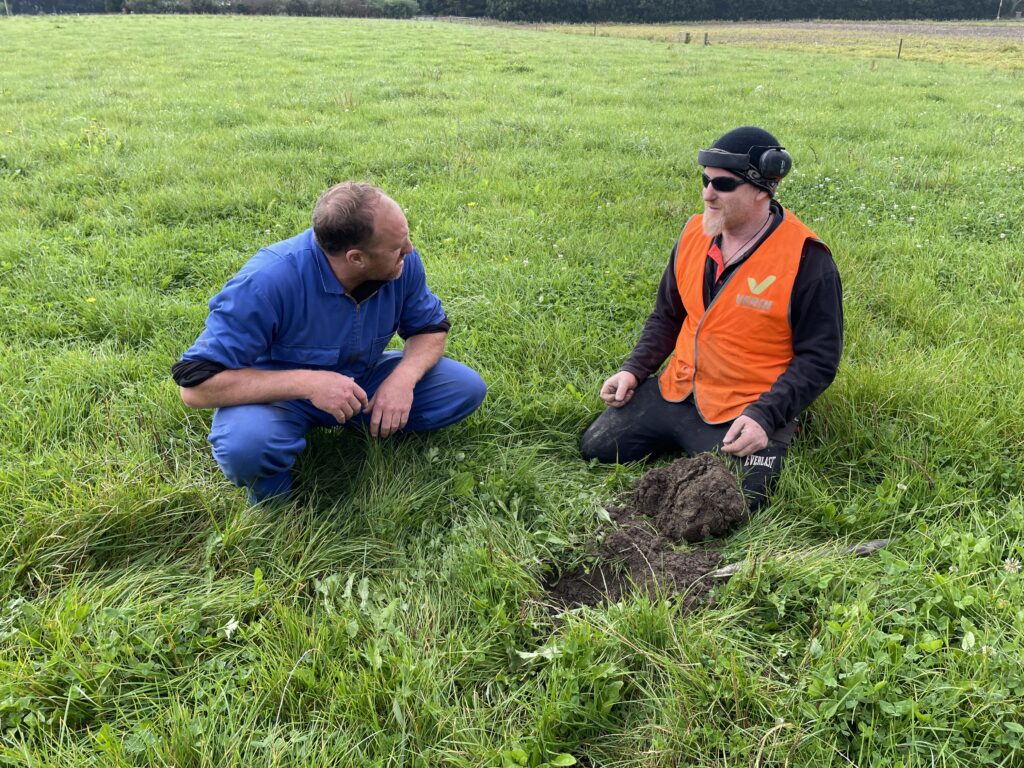
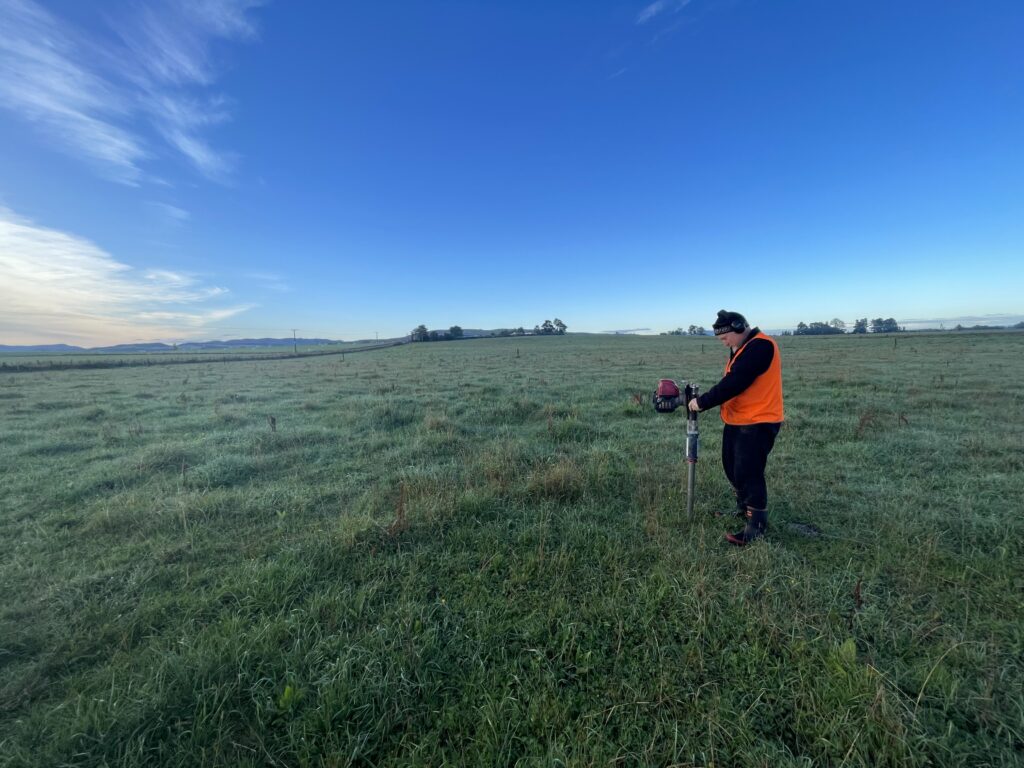
Our Baseline Testing Services
Our baseline test is all about getting to know your farm. Here’s what we do:
Sampling Plan: We create a custom plan for your farm using the latest data and software. This helps us identify your farm’s Carbon Management Areas (CMAs).
Soil Cores: We take soil samples from each CMA. We go as deep as 1 meter, take photos, and note things like topsoil depth and plant roots.
Visual Soil Assessment (VSA): We check the health of your soil and pastures in each CMA.
Carbon Analysis: We measure the carbon in your soil, down to 1 meter if we can. We do this in 4 separate layers, following national and international protocols.
Nutrient Testing: We test the nutrients in the top 150mm of soil in each CMA. We look at total nutrients and what’s available for plants under different conditions.
Biodiversity and Management Practices: We note the different types of life on your farm and how you manage your land. This helps us understand your farm’s ‘Business As Usual’ (BAU).
NDVI Snapshot: We take a snapshot of your farm’s plant health and ground cover in the month of testing.
Report: We give you a detailed report with lab results, observations, and photos.
Want to know even more about your farm? Here’s what else we offer:
Hot Water Nitrogen and Carbon Testing: We can test how carbon and nitrogen move in your soil, down to 1 meter.
Nutrient Measurements: We can measure nutrients in each layer of your soil, down to 1 meter.
Interactive ‘Story Map’: We can create a detailed, interactive map of your farm that you can share with others. It’s a great way to show off your farm and your sustainability efforts.
Drone Mapping: We can use drones to create high-resolution images of your farm and do multispectral analysis.
Woody Biomass Mapping and Data Collection: We can measure the carbon sequestration of tree areas that aren’t covered by the ETS framework. This can help reduce your farm’s carbon liability or be sold on a voluntary market.
Farm Compliance and Environment Reporting: We have team members who specialise in helping farms meet their compliance and reporting obligations.
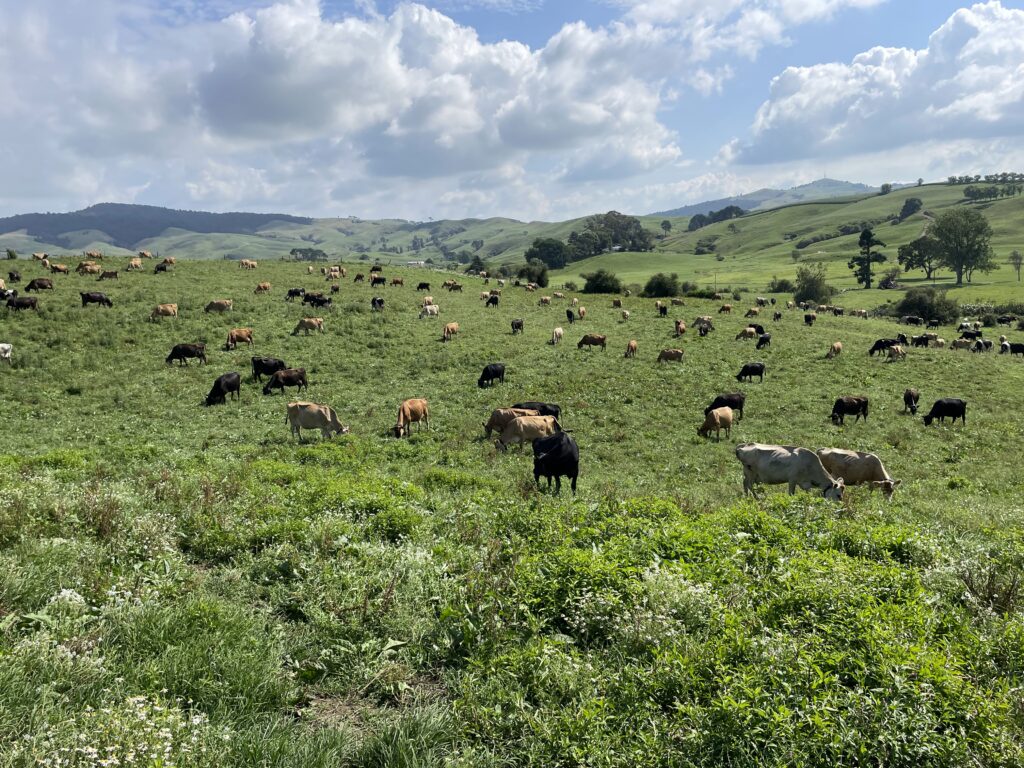
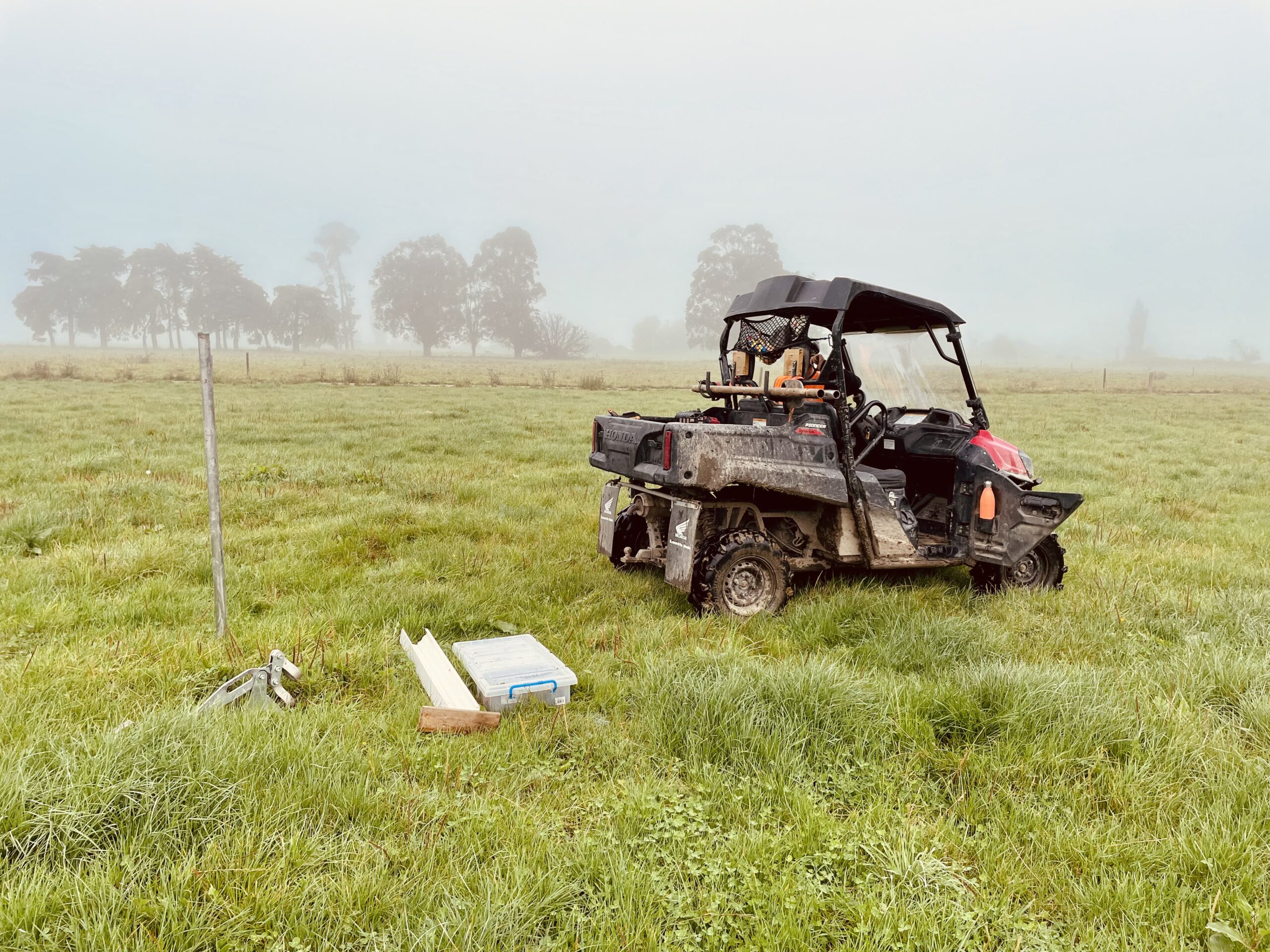
Comprehensive on farm measurements
+ Cores taken across entire farm, randomly allocated in each Carbon Monitoring Area (CMA)
+ 1 metre soil cores are split into 4 separate carbon analysis depths.
+ Visual soil assessments conducted in each Carbon Monitoring Area.
+ Observations and photographs recorded to capture the farm’s current practices.
+ Optional soil biology and nutrient testing with total and plant available extractions.
+ Observations and photographs of on-farm biodiversity.
+ A detailed report of our findings with lab results is sent to each farmer after testing.


Buffer Pool:
Verdi maintains a buffer pool where a percentage of the carbon sequestered is held in reserve. This buffer serves as insurance against any potential future reversals of carbon sequestration due to environmental disturbances such as floods, droughts, or other unforeseen events.
Risk Mitigation:
The buffer pool mitigates the risk of reversal and ensures that the overall integrity of the carbon credits is maintained.
Flexibility: The buffer also provides flexibility for farm management practices, allowing for necessary adjustments without compromising the permanence of carbon sequestration.
Permanence:
Leakage:
Additionality:
How Verdi Collects BAU Data and Proves Additionality:
If you want to measure your carbon sequestration – enquire with us now!
